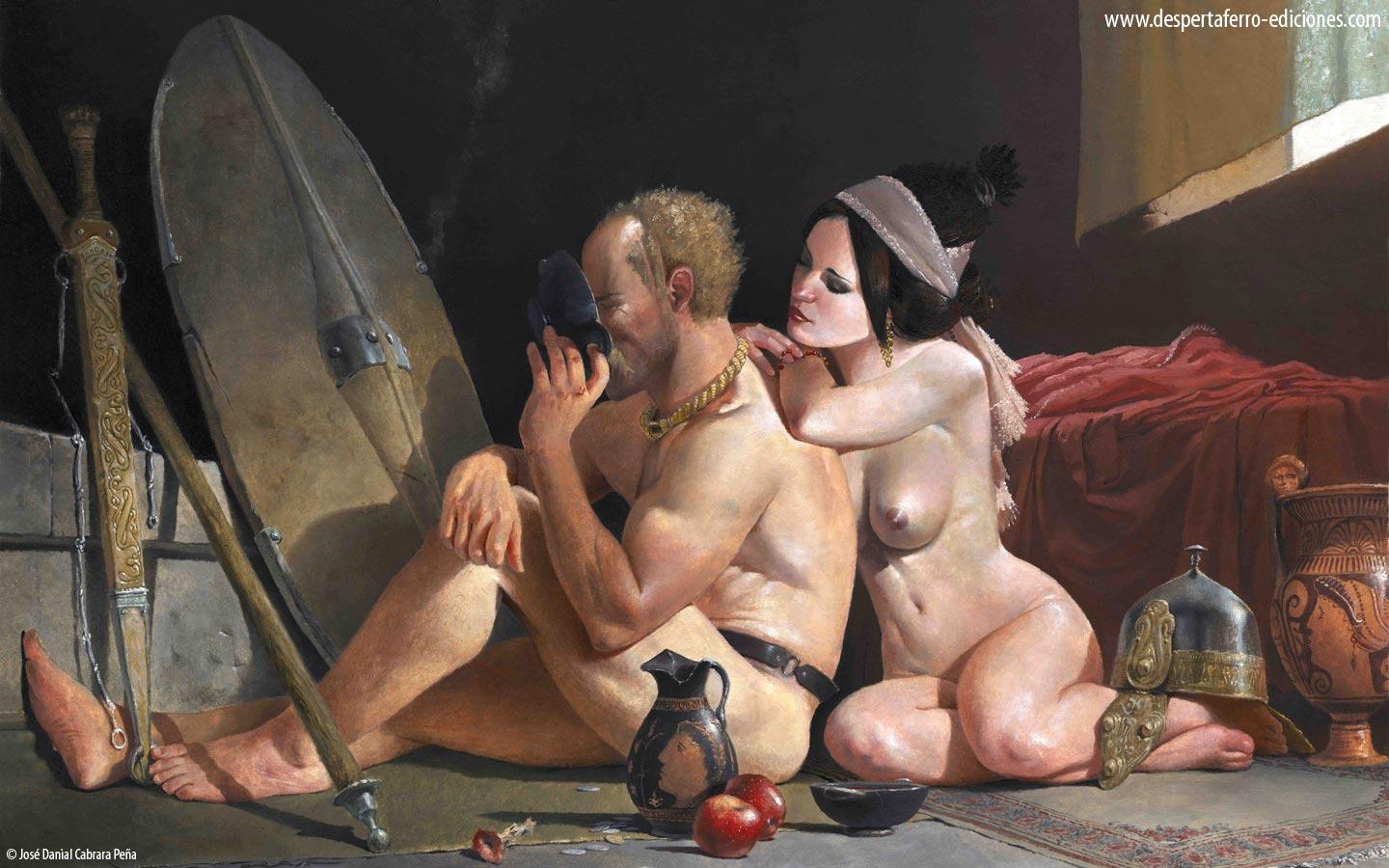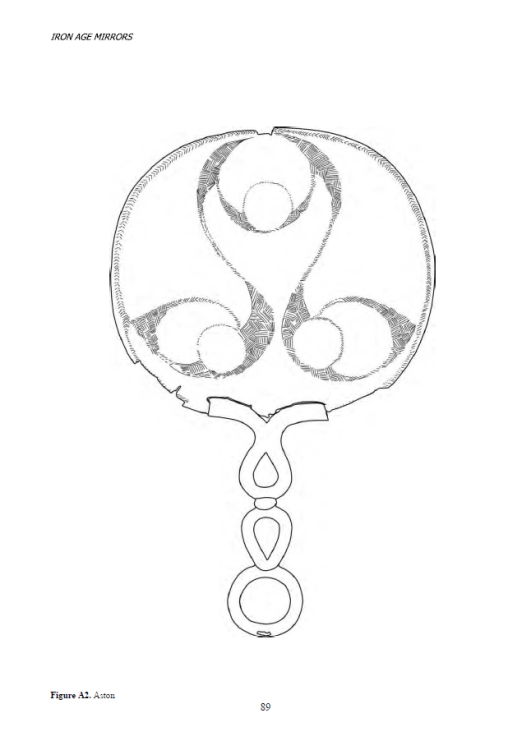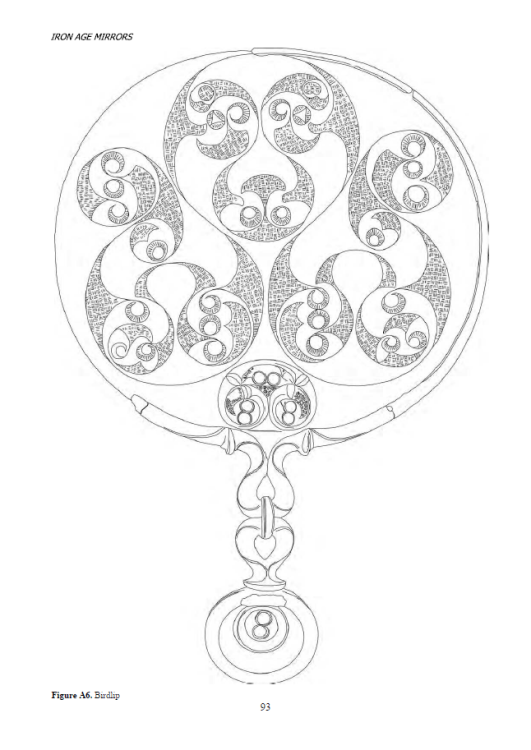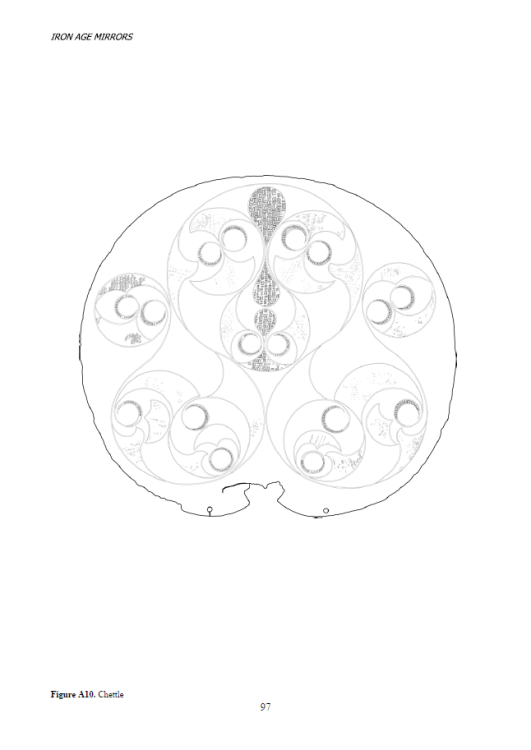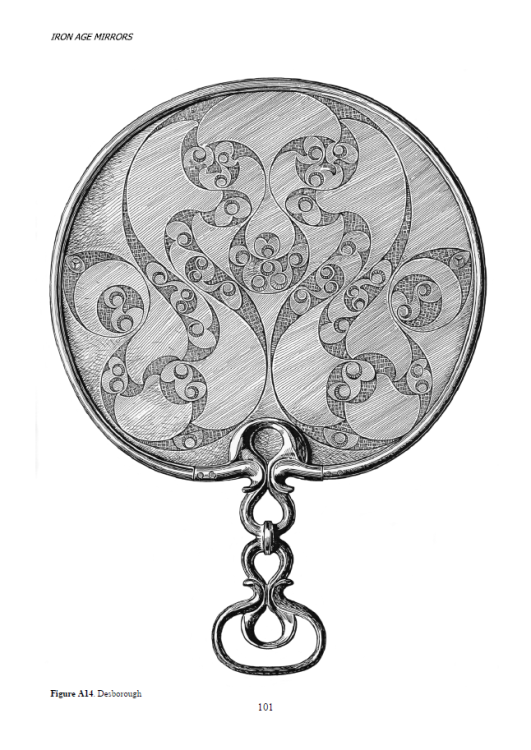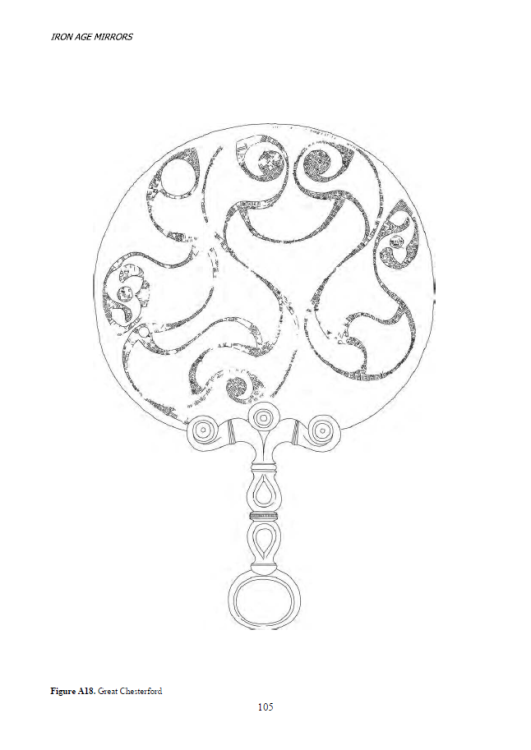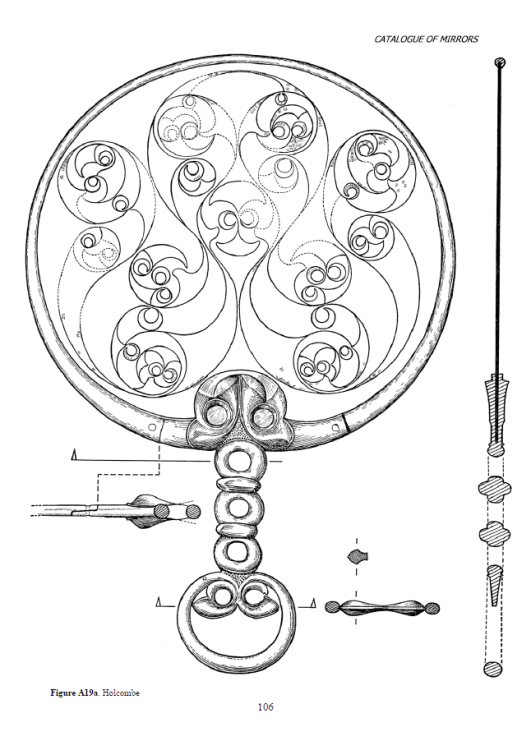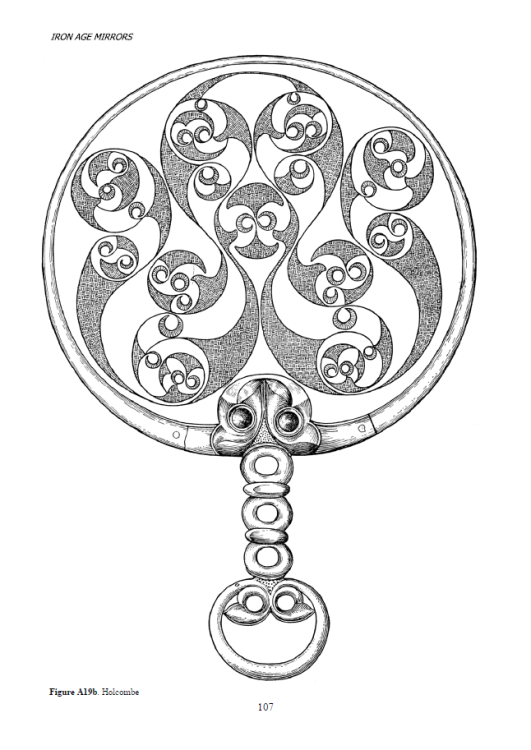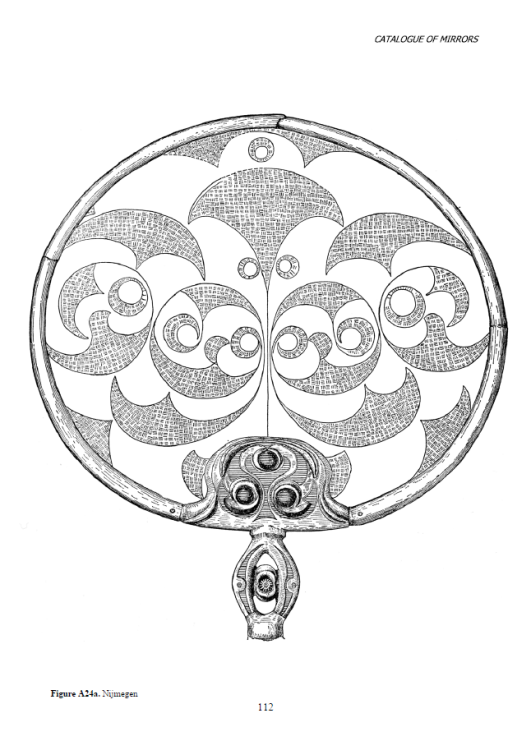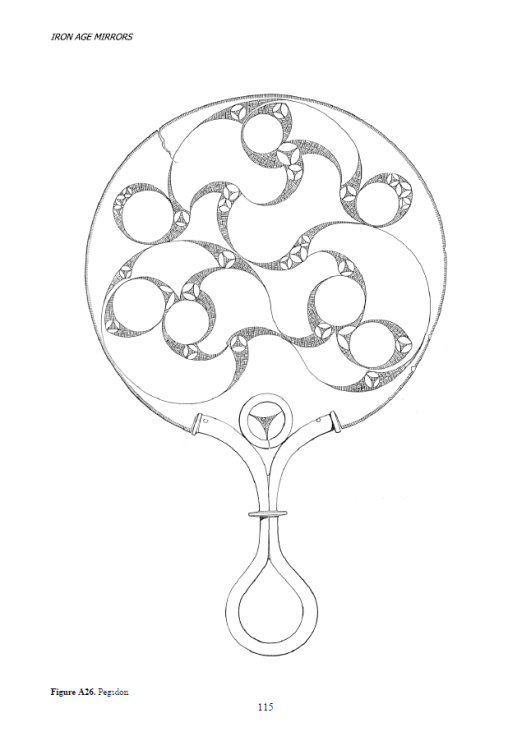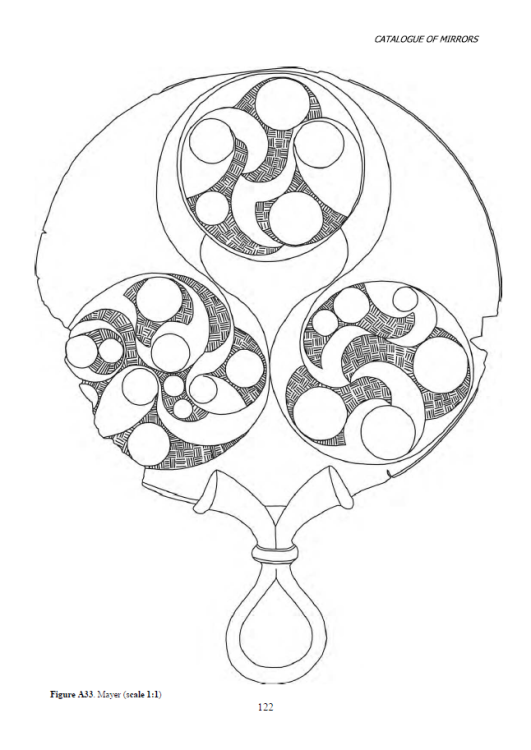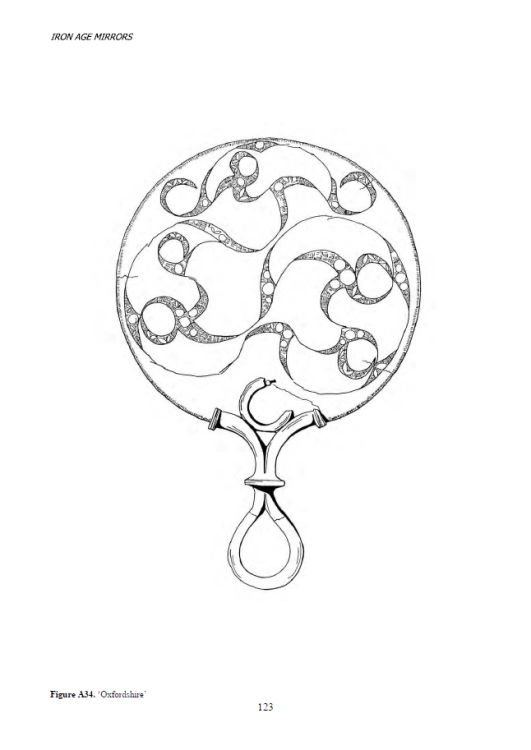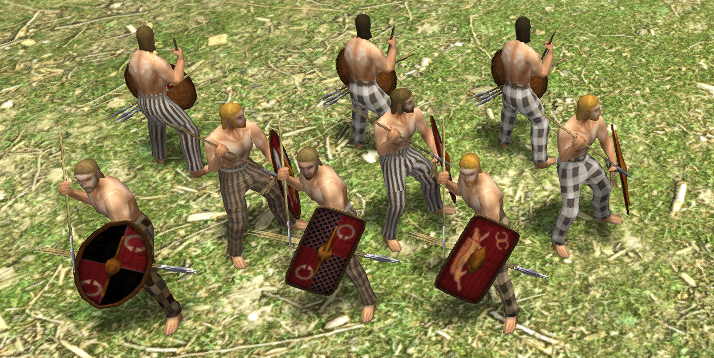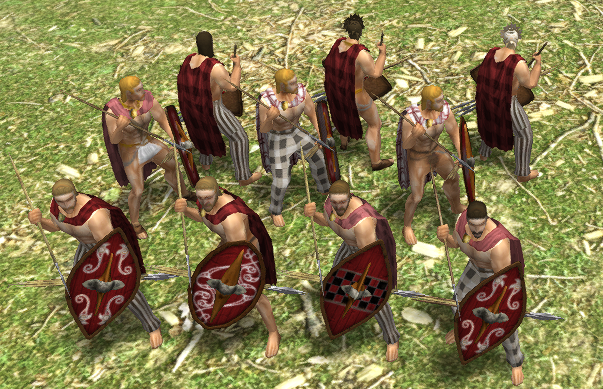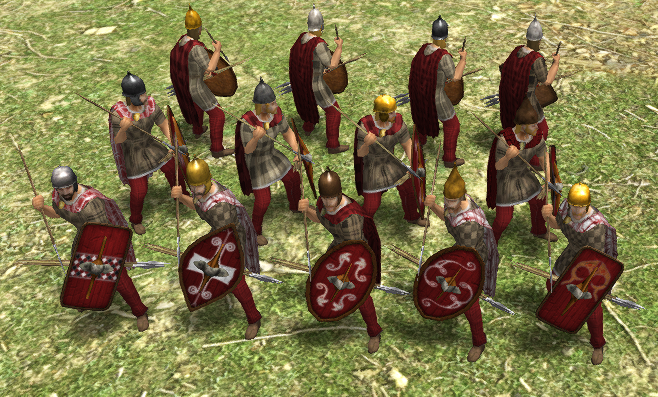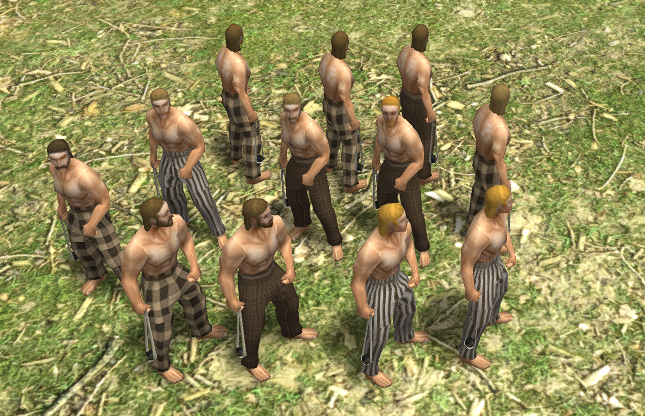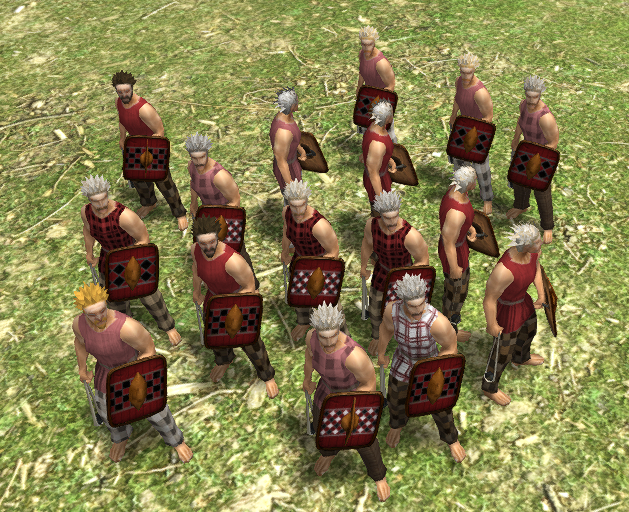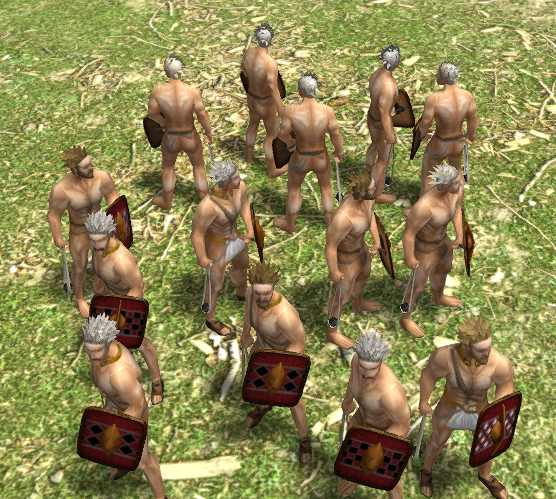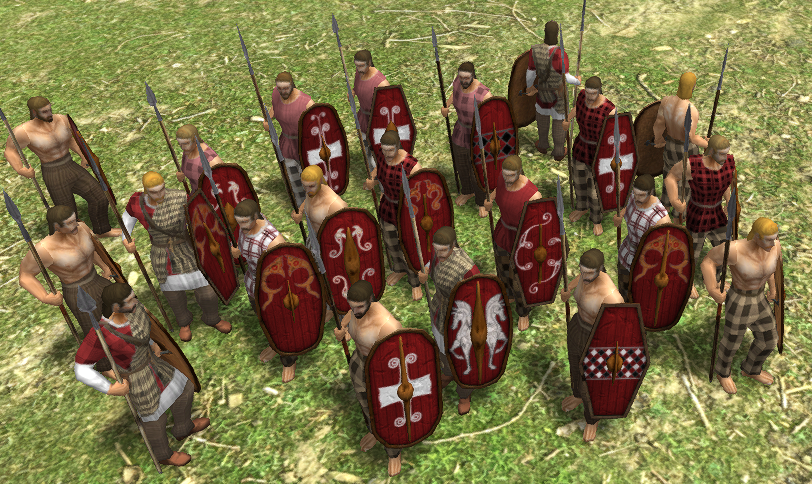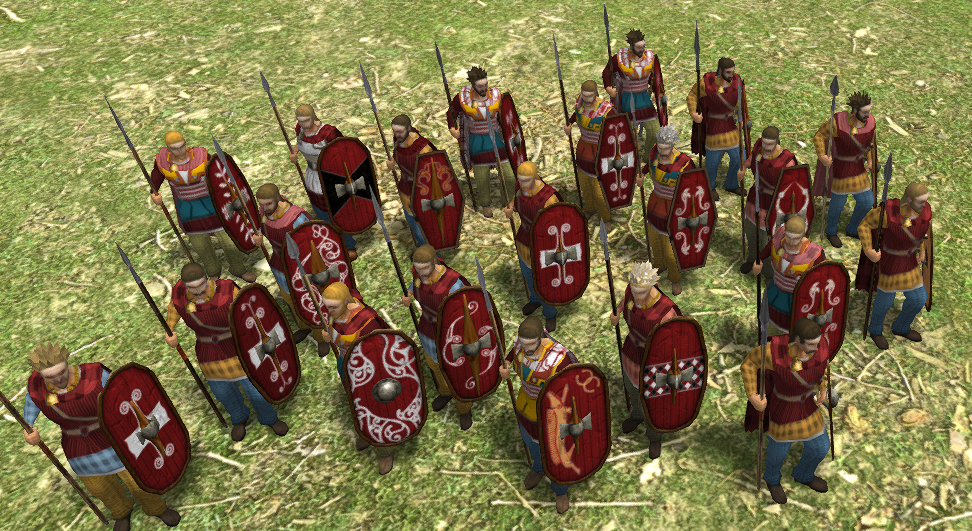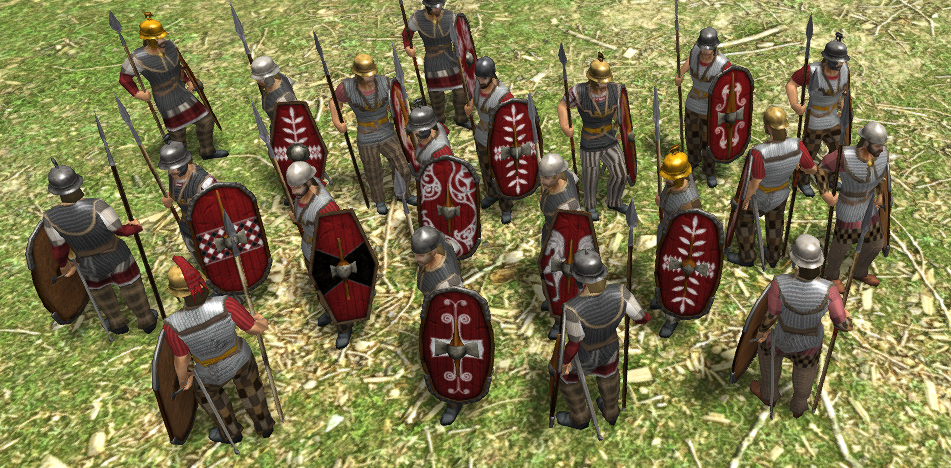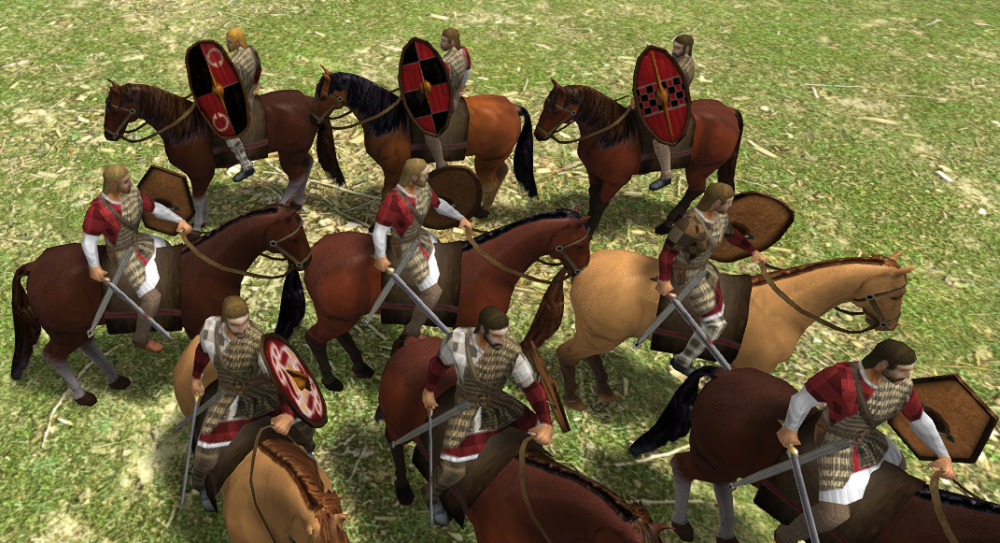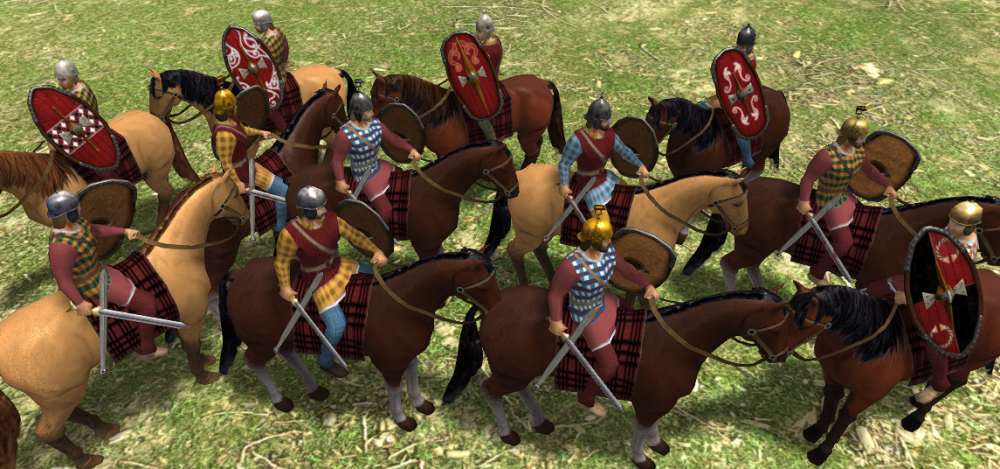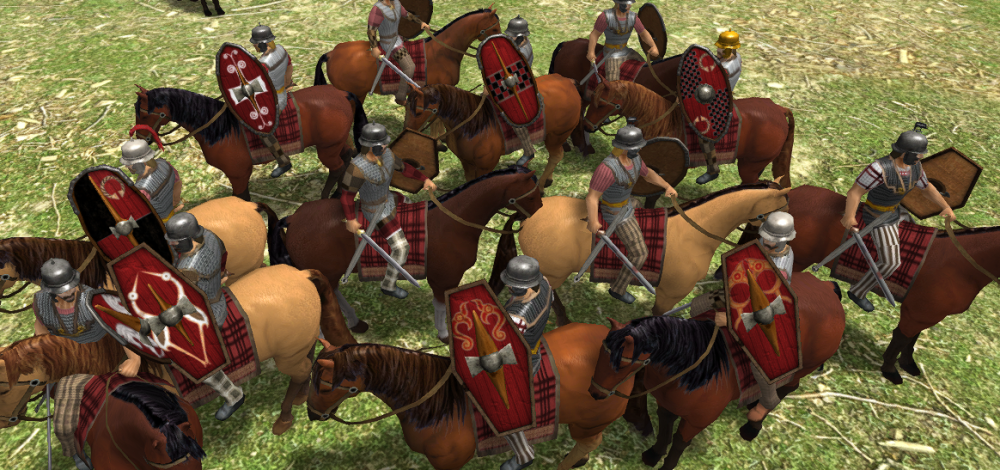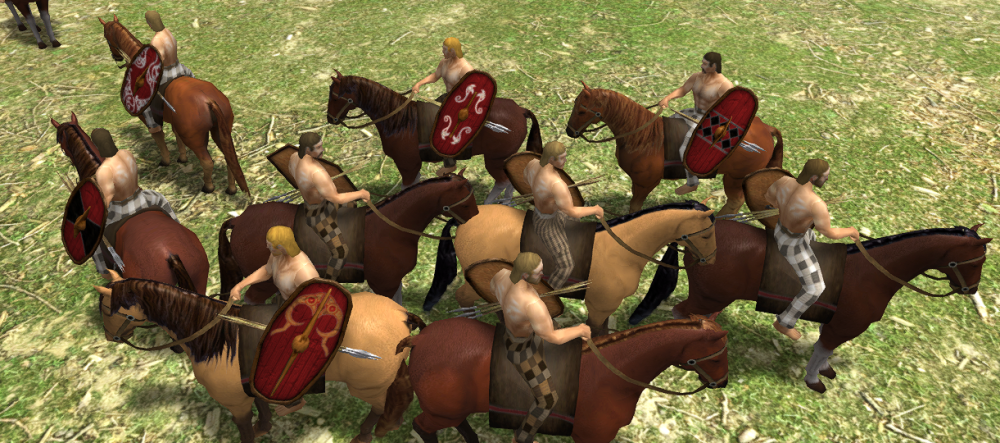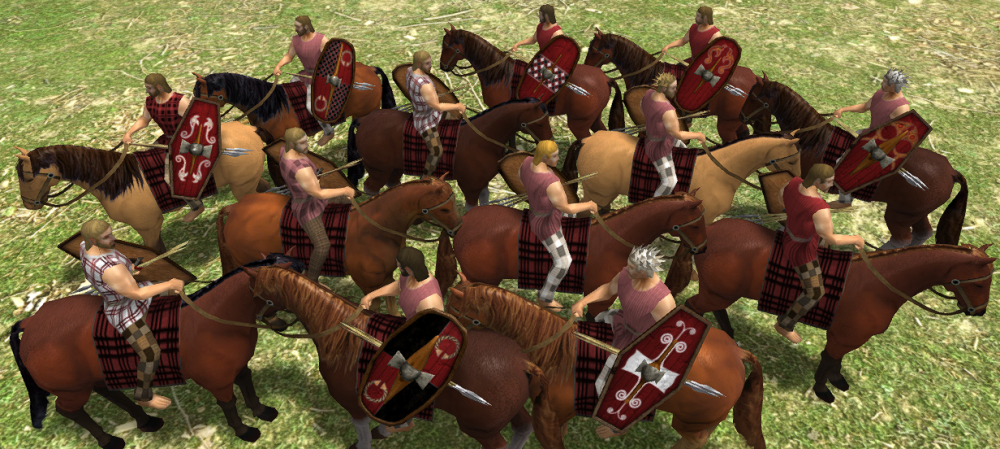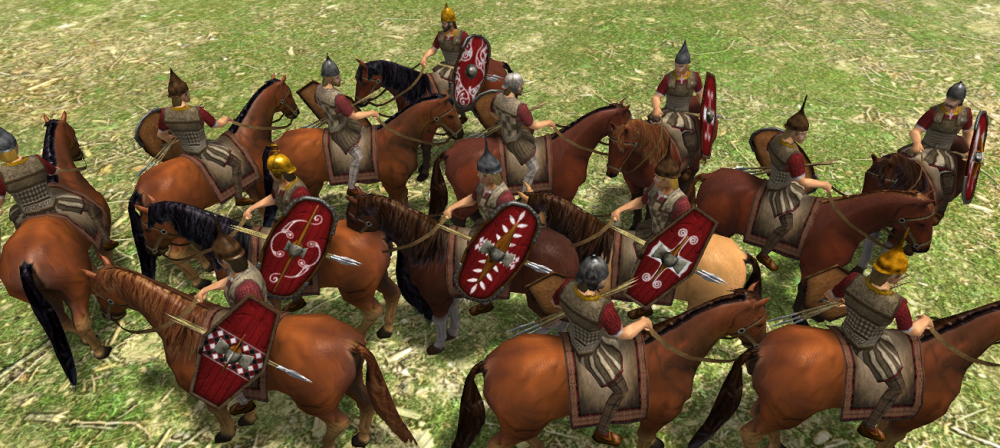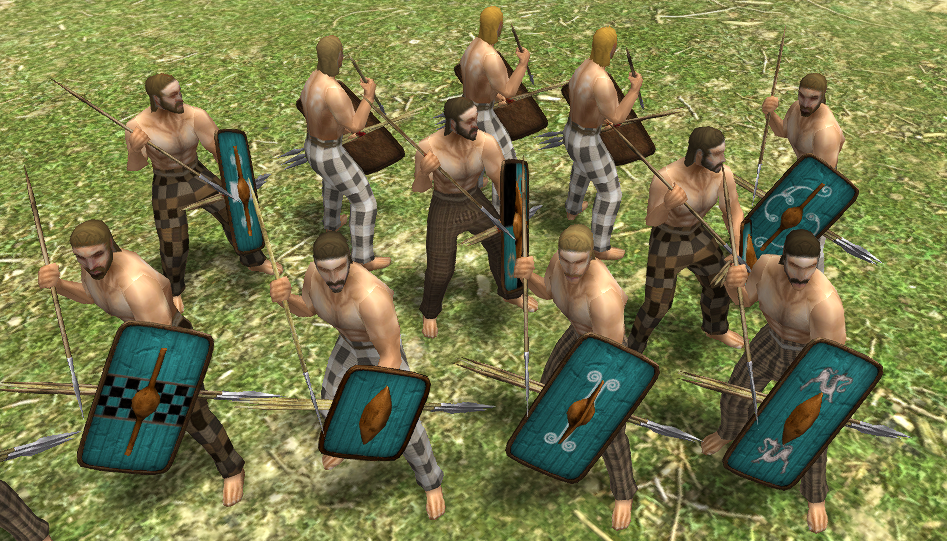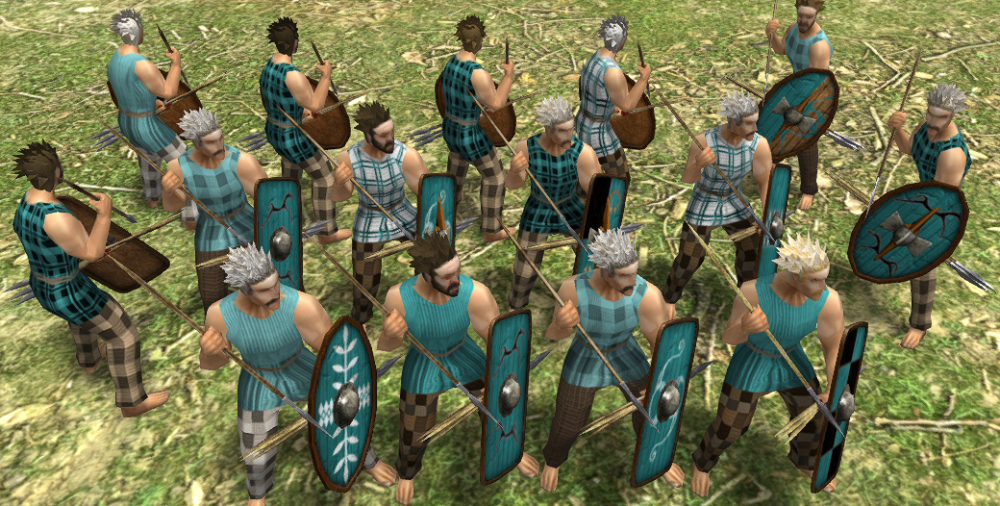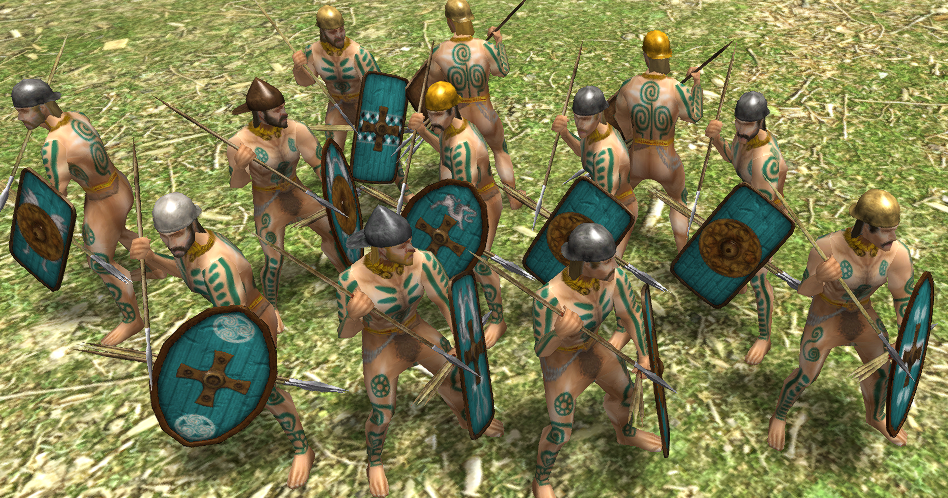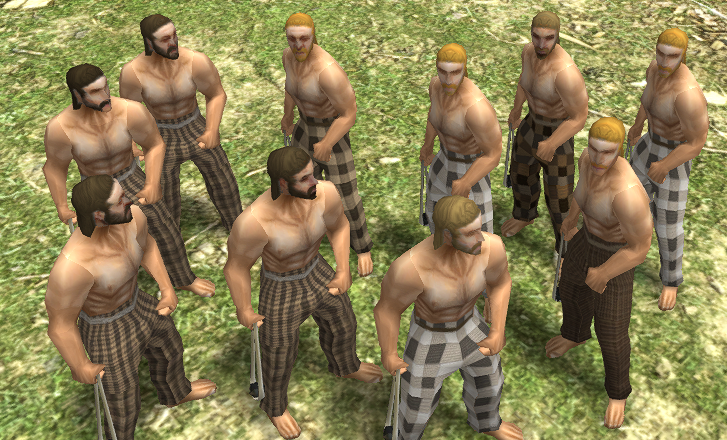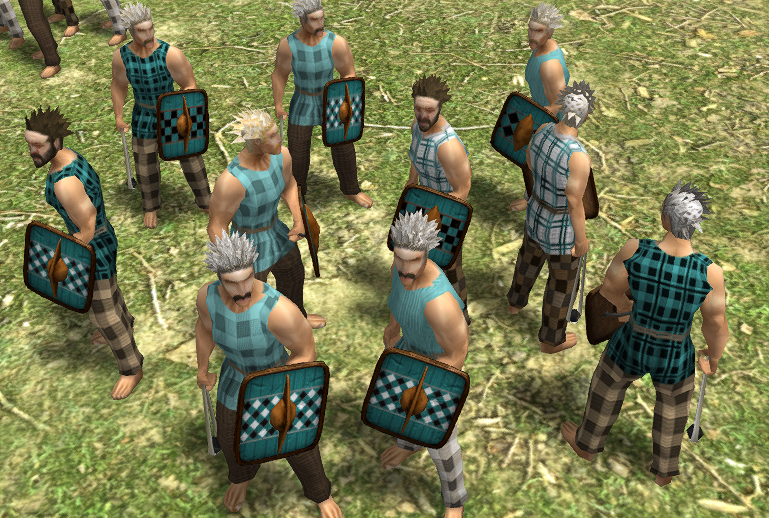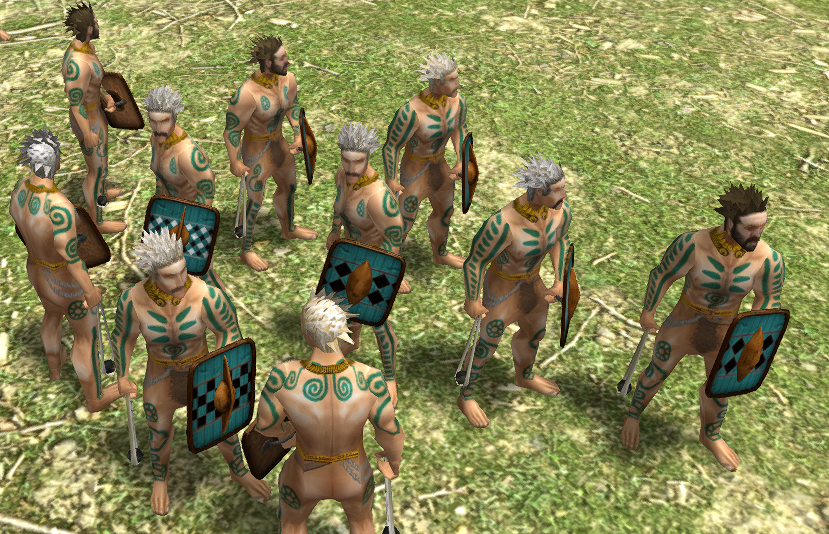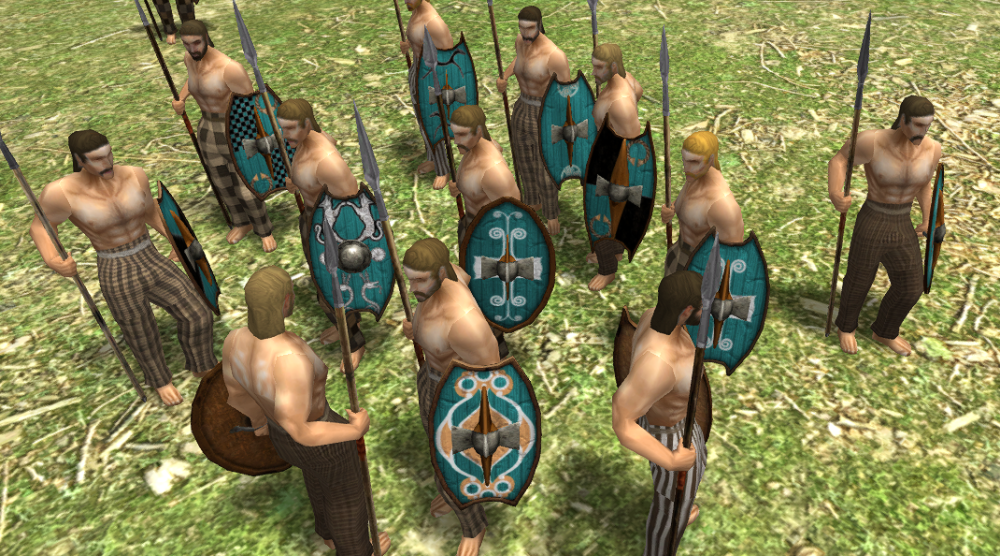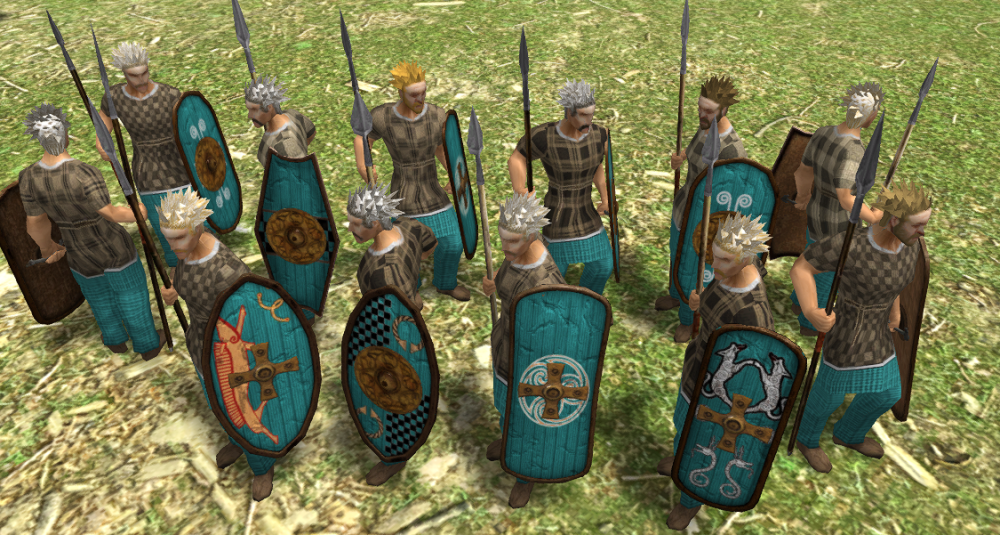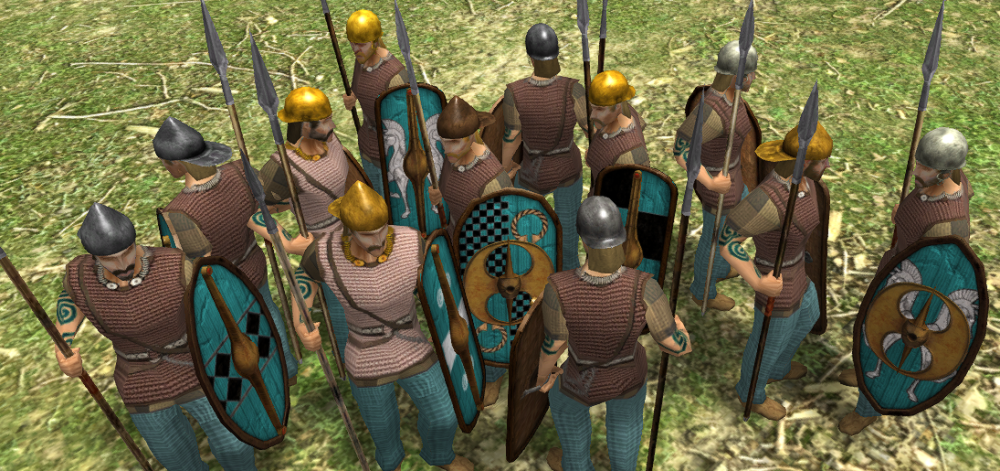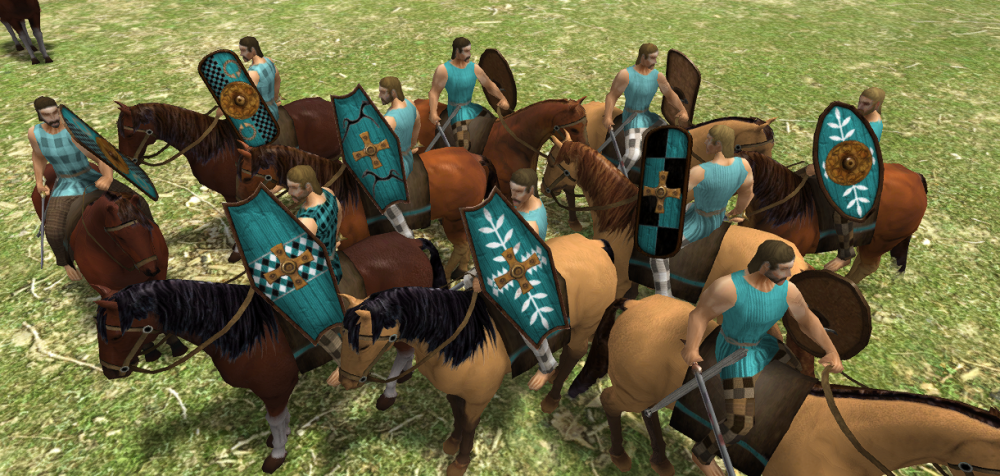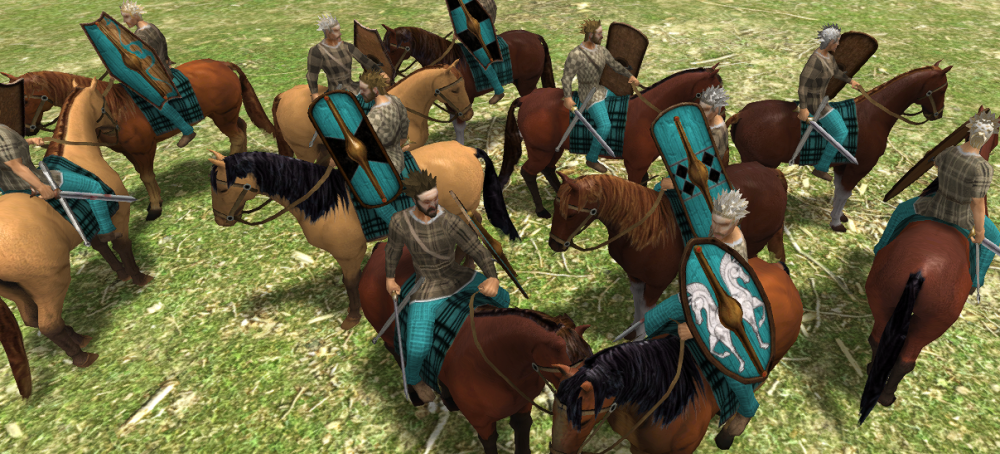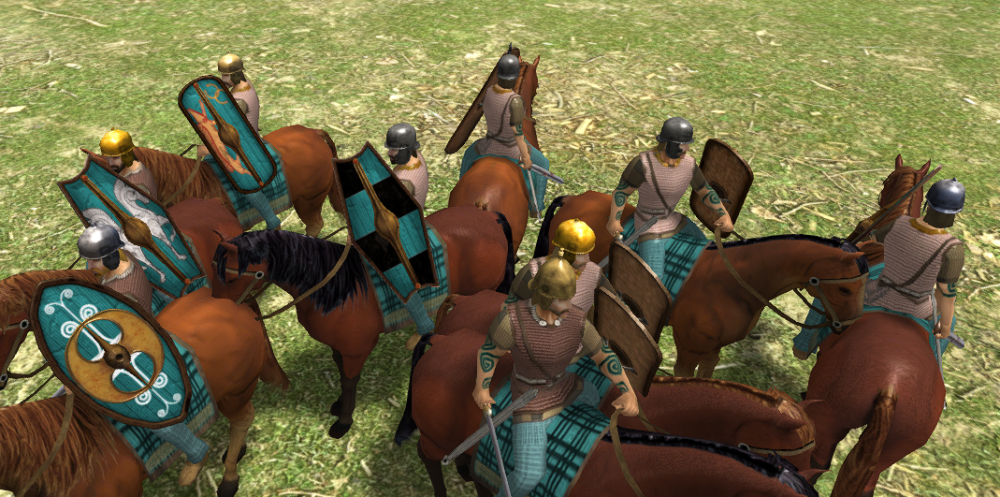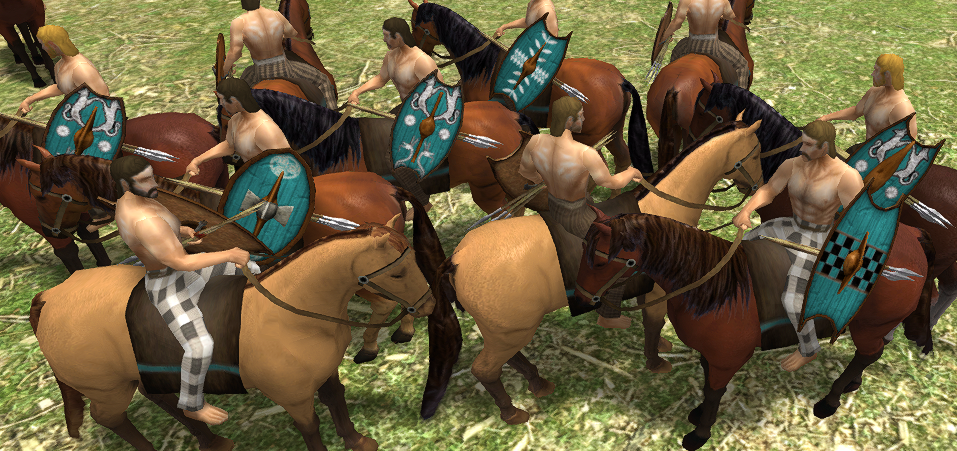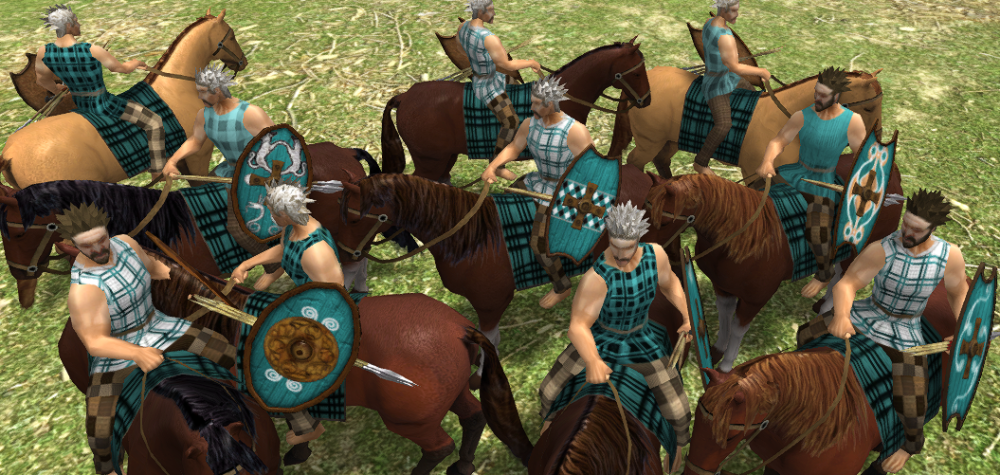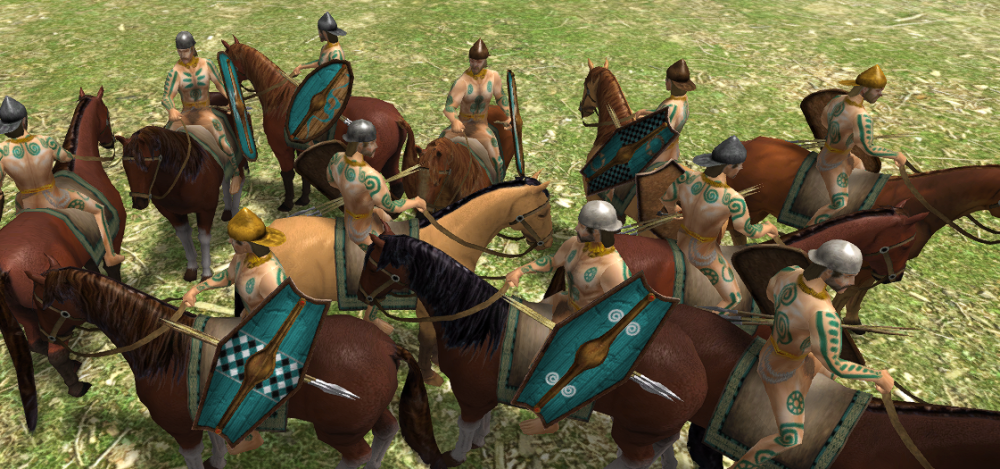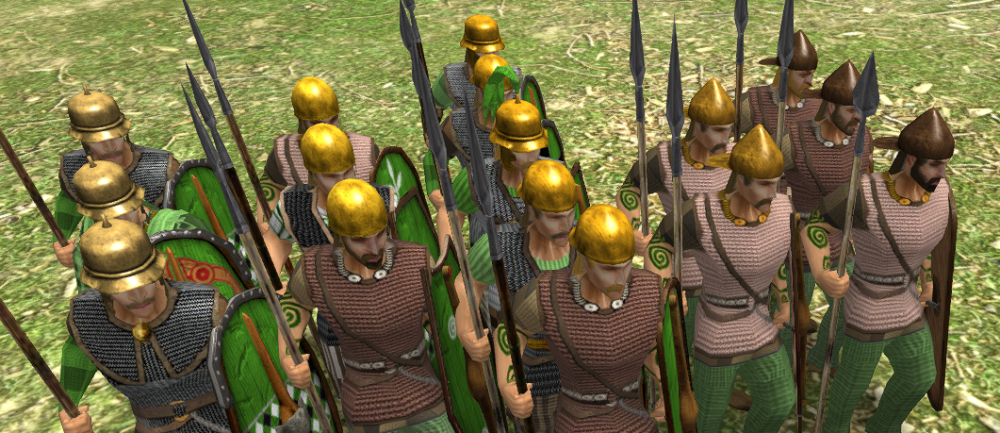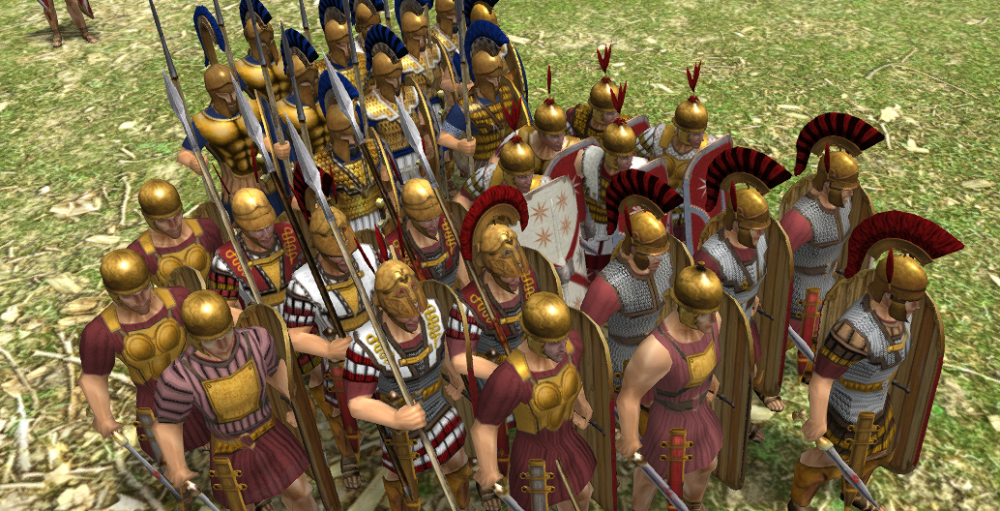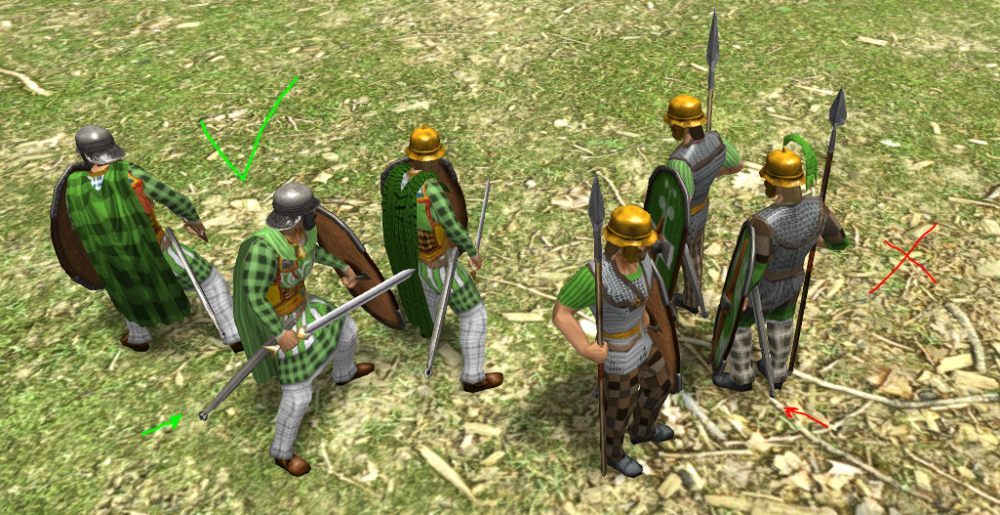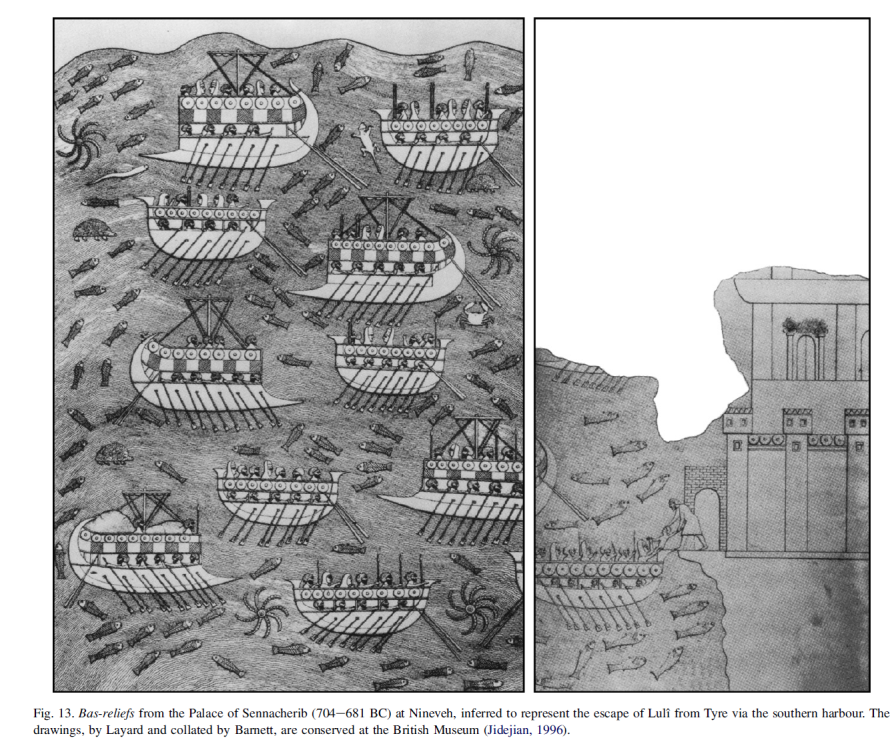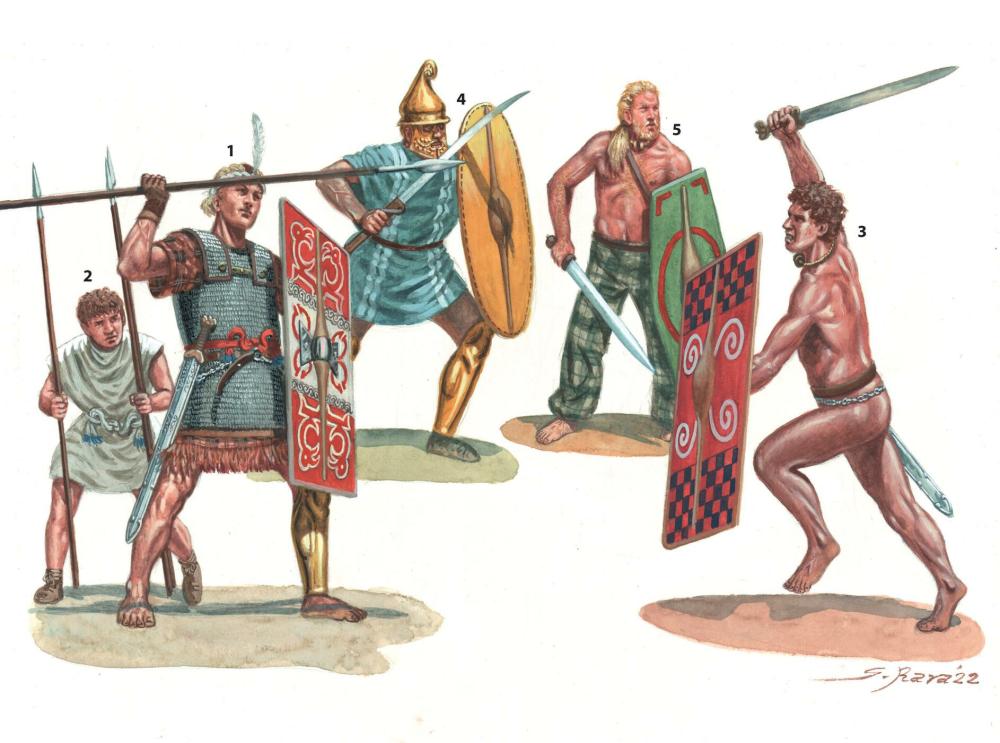-
Posts
2.379 -
Joined
-
Last visited
-
Days Won
80
Everything posted by Genava55
-
.thumb.jpg.b21ca1d0c15fb56b42c39b25a0a40815.jpg)
Civ: Germans (Cimbri, Suebians, Goths)
Genava55 replied to wowgetoffyourcellphone's topic in Delenda Est
The Semnonenhain is a good candidate but I don't know how to depict a grove properly. Is it possible to adapt the structure with the biome? Like calling an entity dynamically for the structure. -
.thumb.jpg.b21ca1d0c15fb56b42c39b25a0a40815.jpg)
Civ: Germans (Cimbri, Suebians, Goths)
Genava55 replied to wowgetoffyourcellphone's topic in Delenda Est
Nope. The special places of the Germans, like sanctuaries, gathering place, assemblies/senates were open-field and delimited with simple structures. One of the best preserved village is Feddersen Wierde but the biggest structure there is simply a longhaus. -
.thumb.jpg.b21ca1d0c15fb56b42c39b25a0a40815.jpg)
Civ: Germans (Cimbri, Suebians, Goths)
Genava55 replied to wowgetoffyourcellphone's topic in Delenda Est
-
It is lamellar and probably leather. It fits the description of the word "lorica" by Varro: "Lorica 'corselet', because they made chest-protectors from lora 'thongs' of rawhide" If the dedicant is possibly a Celt, it is written in Umbrian and the conception is Etruscan. Celtic individuals have married Etruscans, it is clear that Celtic people lived among Etruscans, Latins, Umbrians and Samnites during the 5th and 4th century BC.
-
I think the implementation was made by @wackyserious but I am not sure. I understand the idea but I think it is more confusing than helpful by bringing diversity. Your idea is a bit better but it would require a bit of coding. The fanatic is also exclusive to the Gauls, so it is also important to not make the two factions more confusing.
-
-
Pictish symbols
-
Current models in game, released alpha 26. I will give some simple suggestion to enhance the recognition of the units. The basic slinger, both for the Gauls and the Britons, should have a tunic because it is impossible to see the player color currently. The idea to have units becoming entirely naked with increasing experience is confusing for the players. It is problematic for the Gallic elite slinge, the Britonnic elite slinger, the Britonnic elite javelineer and the Britonnic elite cavalry javelineer. The design of the units should be simple and pure. Too much details and colors on low resolution texture is simply unreadable and unpleasant. Some torso are too complex and it is difficult to figure out what is what. There should be coherent guidelines for visual changes related to experience, at least within a faction (not necessarily across factions). Let's make something simple for both factions: Elite = helmets. Even for slingers. At least it is visually catchy. For Gauls, I suggest to have cloak for all advanced version. For Gauls, the cavalry javelineer should have the same shields than the infantry javelineers. For Britons, I suggest a tattooed torso for the advanced versions, alongside pants. For Britons, the elite version of close-combat units should have a chain mail and the elite version of ranged units should have cloak + tattooed torso. All this in addition to the helmets. For Britons, the basic spearman should use the same shield shapes than the advanced spearman. Side notes: Why is there so much diversity in "bronze" for Celtic factions and not the others? I find that it weighs down the visual to have so many different shades of bronze within the same faction. The dark bronze shade is also quite ugly. Finally, the Gallic elite spearman has been forgotten for the scabbard placement change:
-
Coal and charcoal are not the same thing. https://en.m.wikipedia.org/wiki/Bloomery
-
I think the biggest issue is that the naval gameplay should be accessible to most factions while there is a huge gap from a historical pov. Some groups to distinguish the size: Coracles, logboats, river boats etc. were basically used for trading and transportation, generally it was driven by 4 men and at the maximum it could hold 10. Eikosoroi were typical merchant ships with ~20 oarsmen and better at sailing. In some case they were used to military transport and to fight with archers aboard. The triakonters and pentekonters were the most versatile and polyvalent ship dedicated to war of ancient Greece, rowed by 30 and 50 oarsmen respectively (hence the name). They had no deck and were the most common warships, even used by pirates and merchants. Hekatonters/dikrotoi/biremes were larger ships, with between 100 to 120 oarsmen, already used by Greeks and Phoenicians since the 8th century BC. It had two banks of oarsmen. Assyrian and Phoenician ships had a higher desk in addition. Triremes, quadriremes, quinqueremes,..., and deceres were bigger and bigger versions of the biremes, with more oarsmen and more banks. A Roman quinquereme is basically 420 men, 300 of whom were rowers on 5 banks. Some of them could have siege engines. Civ accessing up to level 5 like ships => Romans, Carthaginians, Athenians, Spartans, Persians, Macedonians, Seleucids, Ptolemies. Civ accessing up to level 4 like ships => Han dynasty? Civ accessing up to level 3 like ships => Maurya, Han dynasty? Civ accessing up to level 2 like ships => Gauls, Iberians?, Britons? Civ accessing up to level 1 like ships => Iberians?, Britons? Any future nomad factions.
-
The sea battles of the Vikings were fought according to the same principles as battles on land. Each side roped most of their ships together side by side to make a platform on which to form a shield wall. The attackers tried to storm this platform, as e. g. in the battles of Hafrsfjord in 872, Svöldr in 1000 and Nissa in 1062. Ship after ship was taken and then detached from the formation to drift away. Both fleets used to keep some ships outside the formation to manoeuver; these were used to attack the enemy by going alongside and boarding, in a hailstorm of arrows, stones and spears from both sides. If the defenders succeeded in killing the attacking rowers, or if the oars of the attacking ship were broken, the attack often failed through inability to manoeuver. However, the elements of a real naval battle of the Classical age – outmanoeuvering, ramming, forcing the opponent to sail against the wind, or the use of catapults – were unknown among the Vikings. Most sea battles took place in quiet coastal waters or river mouths, where there was no space for such tactics. When fighting amongst themselves, the Vikings’ major battles almost invariably took place at sea- witness Hafrs Fjord in 872, Svöldr in 1000 and Nissa in 1062, to cite but three examples. Nevertheless, they made every effort to ensure that a naval action was as much like a land battle as possible, arranging their fleets in lines or wedges; one side-or sometimes both-customarily roped together the largest of their ships gunwale to gunwale to form large, floating platforms. The biggest and best-manned ships usually formed the middle part of the line, with the commander’s vessel invariably positioned in the very centre, since he normally had the largest vessel of all. High-sided merchantmen were sometimes positioned on the flanks of the line too. The prows of the longer ships extended out in front of the battle-line and some of them, called bardi, were therefore armoured with iron plates at stem and stern, which bore the brunt of the fighting. Some even had a series of iron spikes called a beard (skegg) round the prow, designed to hole enemy ships venturing close enough to board. In addition to this floating platform there were usually a number of additional individual ships positioned on the flanks and in the rear, whose tasks were to skirmish with their opposite numbers; to attack the enemy platform if he had one; to put reinforcements aboard their own platform when necessary; and to pursue the enemy in flight. Masts were lowered in battle, and all movement was by oar, so the loss of a ship’s oars in collision with another vessel effectively crippled it. Nevertheless, the classical diekplus manoeuvre, which involved shearing off an enemy vessel’s oars with the prow of one’s own ship, does not seem to have been deliberately employed, and nor was ramming. The main naval tactic was simply to row against an enemy ship, grapple and board it, and clear it with hand weapons before moving on to another vessel, sometimes cutting the cleared ship loose if it formed the wing of a platform. The platforms were attacked by as many ships as could pull alongside. Boarding was usually preceded by a shower of arrows and, at closer range, javelins, iron-shod stakes and stones, as a result of which each oarsman was often protected by a second man, who deflected missiles with his shield. On the final approach prior to boarding, shields were held overhead ‘so closely that no part of their holders was left uncovered’. Some ships carried extra supplies of stones and other missiles. Stones are extensively recorded in accounts of Viking naval battles, and were clearly the favourite form of missile. The largest were dropped from high-sided vessels on to (and even through) the decks of ships which drew alongside to board. OLAF I, TRYGGVASON, KING OF NORWAY (c. 964-1000) King from 995, probably brought up in Russia after the killing of his father. He took part in raids in the Baltic and on expeditions to England. He was probably the victor of Maldon in 991. He allied with Sweyn Forkbeard. Olaf converted to Christianity in England, promising not to return. He overthrew Hakon to become King of Norway, encouraging the conversion of Norway and Iceland. He was killed at Svöld, fighting an alliance of Danes and Swedes. It was said that, recognising defeat, he leaped from his ship the Long Serpent (the largest ship recorded in the sagas) and drowned. Olaf Tryggvason’s Saga is part of the Heimskringla. There were tales that he survived. SWEYN I HAROLDSSON (FORKBEARD), KING OF DENMARK (d. 1014) King from 987, son of Harold Bluetooth from whom he seized the Danish throne. He led raids against England in 991 and 994 with Olaf Tryggvason. He opposed his former comrade in Norway. Sweyn’s ally, Jarl Erik of Lade, defeated Olaf at Svöld in 1000. As king Sweyn took over Hedeby and dominated the Wends. He led expeditions to England in 1003 and 1006. In 1013 he came to defeat Aethelred II, who fled. He controlled England but died in February 1014 at Gainsborough in Lincolnshire. In Denmark his son Harold succeeded but his most famous son was Cnut the Great. https://weaponsandwarfare.com/2020/07/01/sea-battles-of-the-vikings/
-
The best depiction of a non-classical naval battle with simpler ships: https://en.wikipedia.org/wiki/Battle_of_the_Delta https://commons.wikimedia.org/wiki/Category:Drawings_of_Sea_Peoples#/media/File:Medinet_Habu_Ramses_III._Tempel_Nordostwand_Abzeichnung_01.jpg Some Phoenician transport/battle ships: https://www.worldhistory.org/image/6990/phoenician-assyrian-warship/
-
Metallic scales never have been found in a Celtic context. Currently there is no direct remain certifying the presence of organic body protection during the Celtic Iron Age. Although there are native depictions of them during the 5th and 4th century BC, and probably during the 2nd century BC. https://ibb.co/album/TcHGK0 There are also a few quotes suggesting some knowledge about organic body protection: Pliny the Elder, Natural History, 8, 73: The Gauls embroider them in a different manner from that which is practiced by the Parthians. Wool is compressed also for making a felt, which, if soaked in vinegar, is capable of resisting even iron; and, what is still more, after having gone through the last process, wool will even resist fire; the refuse, too, when taken out of the vat of the scourer, is used for making mattresses, an invention, I fancy, of the Gauls. At all events, it is by Gallic names that we distinguish the different sort of mattresses at the present day[...] Polybius, Histories, 2, 30, 1: But when the javelineers advanced, as is their usage, from the ranks of the Roman legions and began to hurl their javelins in well-aimed volleys, the Celts in the rear ranks indeed were well protected by their trousers and cloaks[…] Plutarch, Life of Marcellus, 7: Meanwhile the king of the Gauls espied him, and judging from his insignia that he was the commander, rode far out in front of the rest and confronted him, shouting challenges and brandishing his spear. His stature exceeded that of the other Gauls, and he was conspicuous for a suit of armour which was set off with gold and silver and bright colours and all sorts of broideries; it gleamed like lightning. Accordingly, as Marcellus surveyed the ranks of the enemy, this seemed to him to be the most beautiful armour, and he concluded that it was this which he had vowed to the god. He therefore rushed upon the man, and by a thrust of his spear which pierced his adversary's breastplate, and by the impact of his horse in full career, threw him, still living, upon the ground, where, with a second and third blow, he promptly killed him.
-
.thumb.jpg.b21ca1d0c15fb56b42c39b25a0a40815.jpg)
===[TASK]=== Crowd Sourced - Garamantians (Faction)
Genava55 replied to Lopess's topic in Game Modification
I agree and I don't mind. -
.thumb.jpg.b21ca1d0c15fb56b42c39b25a0a40815.jpg)
===[TASK]=== Crowd Sourced - Garamantians (Faction)
Genava55 replied to Lopess's topic in Game Modification
Yeah we agree. I also find it weird to see bamboo spears among North-African people in a dry environment. -
.thumb.jpg.b21ca1d0c15fb56b42c39b25a0a40815.jpg)
===[TASK]=== Crowd Sourced - Garamantians (Faction)
Genava55 replied to Lopess's topic in Game Modification
I know that some African tribes did use the bamboo for light spears and javelins, like the Zande. But a heavy spear for close-combat in a battlefield, I don't think it would be suitable. -
.thumb.jpg.b21ca1d0c15fb56b42c39b25a0a40815.jpg)
===[TASK]=== Crowd Sourced - Garamantians (Faction)
Genava55 replied to Lopess's topic in Game Modification
It is very probably bamboo. Which grows in the Sub-Saharan region. But I doubt it is plausible for Garamantines. -
.thumb.jpg.b21ca1d0c15fb56b42c39b25a0a40815.jpg)
===[TASK]=== Crowd Sourced - Garamantians (Faction)
Genava55 replied to Lopess's topic in Game Modification
What wood are spears and javelins made of? -
.thumb.jpg.b21ca1d0c15fb56b42c39b25a0a40815.jpg)
===[TASK]=== Crowd Sourced - Garamantians (Faction)
Genava55 replied to Lopess's topic in Game Modification
Source about the chariots: https://africanrockart.britishmuseum.org/thematic/chariots-in-the-sahara/ https://www.temehu.com/chariots.htm https://europabarbarorum.fandom.com/wiki/Merkabim_Garamantim_(Garamantine_Chariots) Herodotus, book 4: -
.thumb.jpg.b21ca1d0c15fb56b42c39b25a0a40815.jpg)
Others RTS - Discuss / Analysis
Genava55 replied to Lion.Kanzen's topic in Introductions & Off-Topic Discussion
Age of Empires II: Definitive Edition Getting Return of Rome DLC We announced an upcoming Age of Empires II: Definitive DLC, Return of Rome. Thinking the key art looks familiar? You’d be right! We’re adding Age of Empires: Definitive Edition content, playable in the Age of Empires II: Definitive Edition client! We’ll be sharing more details in the not too distant future so stay tuned for more information. -
A better version: It was drawn by Giuseppe Rava => https://www.facebook.com/profile.php?id=100051111677742 Sadly this is one of his worst illustration. Probably due to a lack of advices and a lack of knowledge about the material. Yes the winged helmet is a weird interpretation from the early 19th century when people thought that the cheek-guards of helmets were metallic supports for decorative wings... that's why you can see it on some statues depicting Vercingetorix and Ambiorix. The bronze cuirass is also something from the Hallstatt C period (800–620 BC), totally anachronistic with the rest of the items. Giuseppe Rava made a better one recently, thanks to the advice of François Gilbert, a French reenactor:
- 264 replies
-
- 2
-

-
- britons
- east celtic
-
(and 2 more)
Tagged with:
-
.thumb.jpg.b21ca1d0c15fb56b42c39b25a0a40815.jpg)
Others RTS - Discuss / Analysis
Genava55 replied to Lion.Kanzen's topic in Introductions & Off-Topic Discussion
Probably since Forgotten Empires made the Extended Edition of AoM. But it could be also Tantalus Media who worked on AoE III DE. I doubt Relic would work on it. -
.thumb.jpg.b21ca1d0c15fb56b42c39b25a0a40815.jpg)
Others RTS - Discuss / Analysis
Genava55 replied to Lion.Kanzen's topic in Introductions & Off-Topic Discussion
Age of Mythology Retold - Announce Trailer “Bringing the Definitive Edition treatment to Age of Mythology, the game will feature beautiful graphics, updated gameplay and more,” the developer said on Tuesday. “We know that the Age of Mythology community has been hopefully waiting for a Definitive Edition, and we’ll be delivering. We’re working hard to bring you the glory of the original game with updated graphics, features and more. Stay tuned for more news.” https://www.videogameschronicle.com/news/age-of-mythology-is-officially-getting-the-definitive-edition-treatment/

